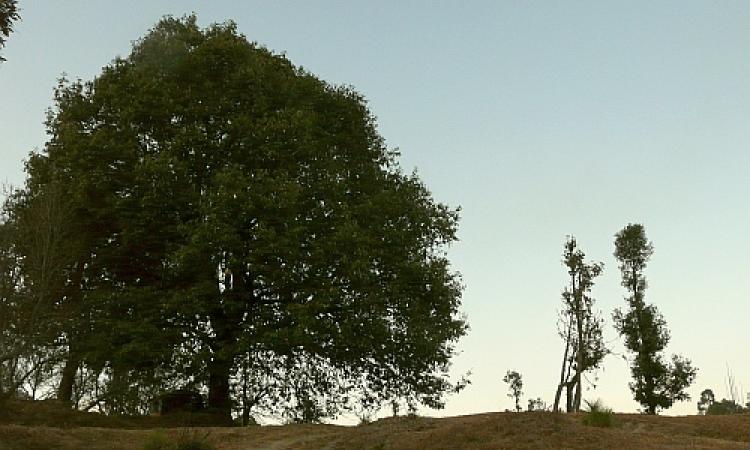
Himalayan forests span a two-and-a-half thousand kilometer stretch and have a wide range of climates; they are beset by problems that need innovative solutions. Rajesh Thadani discussed these problems and possible solutions at the Sustainable Mountain Development Summit organised in Kohima, September 2013.
Forest cover is declining
The quantity and quality of forest cover is declining. The reasons include hydroelectric projects, urbanisation, building of roads, conversion of forests into Jhum lands., and harvesting by local communities. At current rates of degradation, the Himalayas will have only 10% of its land covered by dense forests.
Similar narratives across the Himalayan arc from East to West
Chronic disturbance can be found in forests across the region. A developing India has put more pressures including infrastructure enhancements on the region. This coincides with a weakening of community institutions that have traditionally been caretakers of the forests. Despite the projects that have gone into strengthening them, community institutions have degraded in the last few decades.
This has led to fragmentation where extensive forests are reduced to small oases of dense tree cover in a desert of scrubland. This is particularly important when you talk of climate change which requires a migration of species to areas that are becoming more appropriate. When forests are fragmented, this migration cannot occur, due to lack of a sheltering 'corridor'.
Recognition of ecosystem services.
The goods that come from forests have aways been recognised but it is only in recent years that there has been understanding of the intangible ecosystem services, particularly the flood dampening effects and the ability to store carbon, which forests provide. The latter has become more important since the clean development mechanism came in.
Forests are part of a varied landscape
Forests do not exist in isolation. They are a part of the larger biosphere, which includes the cultural and agricultural landscape. To protect forests, we need to empathise with the real world needs of the local communities and beyond.
Get data
A recent IPCC (Intergovernmental Panel on Climate Change) report referred to the Himalayas as a 'white spot' due to the lack of reliable data. We need to strengthen institutional capacity.
Not seeing the forest for the trees
Ecosystem structure and function, and ecosystem services are more than individual trees. The loss of flora and fauna, or the increase of invasive species lead to a decline in the functioning of the ecosystem.
Think like a forest
Aldo Leopold, the great conservation philosopher, talked of thinking like a mountain. We need to think like a forest and work with nature rather than against it. Forests are not agricultural lands where we can plant things and control the way plants grow. Do we always need to have nursery grown seedlings? Organizations have worked on direct seeding in the western Himalayas and it has had excellent results. And the cost of that is less than 10% that of nursery grown seedlings.
Instead of replacing Jhum cultivation with terraced agriculture, what about looking at something like analogue forestry? Here you create the structure of a forest, but rather than forest plants, you plant crop plants. That preserves ecosystem structure and function
Reduce pressure on forests
There need to be alternatives to using biomass products for fuel. Why cannot a certain percentage of the energy produced by all the hydroelectricity projects that have been built there be diverted to deliver clean energy to those villages where it is possible? These kind of things will improve the health indicators and reduce the production of black carbon.
Modernise community forests
We need to be helping and training people in things like monitoring biodiversity in ways that can be monetized. We talk of benefits resulting from the United Nations initiative on Reducing Emissions from Deforestation and forest Degradation (REDD) ; those should not flow to some nameless, faceless central pool. Any benefits that come in should actually help modernise the communities and the institutions there and help local communities get access to things like clean energy.
Increase awareness
We need to move beyond technical and academic footfalls and engage with mutliple stakeholders- policy makers, people from the political field, and NGOs.
Can't load the video? View the slides here:
Forests of the himalaya - a talk by Rajesh Thadani at the Sustainable Mountain Summit, Kohima from India Water Portal
Rajesh Thadani is the Executive Director at CEDAR and Advisor, Livelihoods and Forestry at Sir Ratan Tata Trust. This post presents his talk at the Sustainable Mountain Development Summit-III held at Kohima, Nagaland, from September 25-27, 2013.